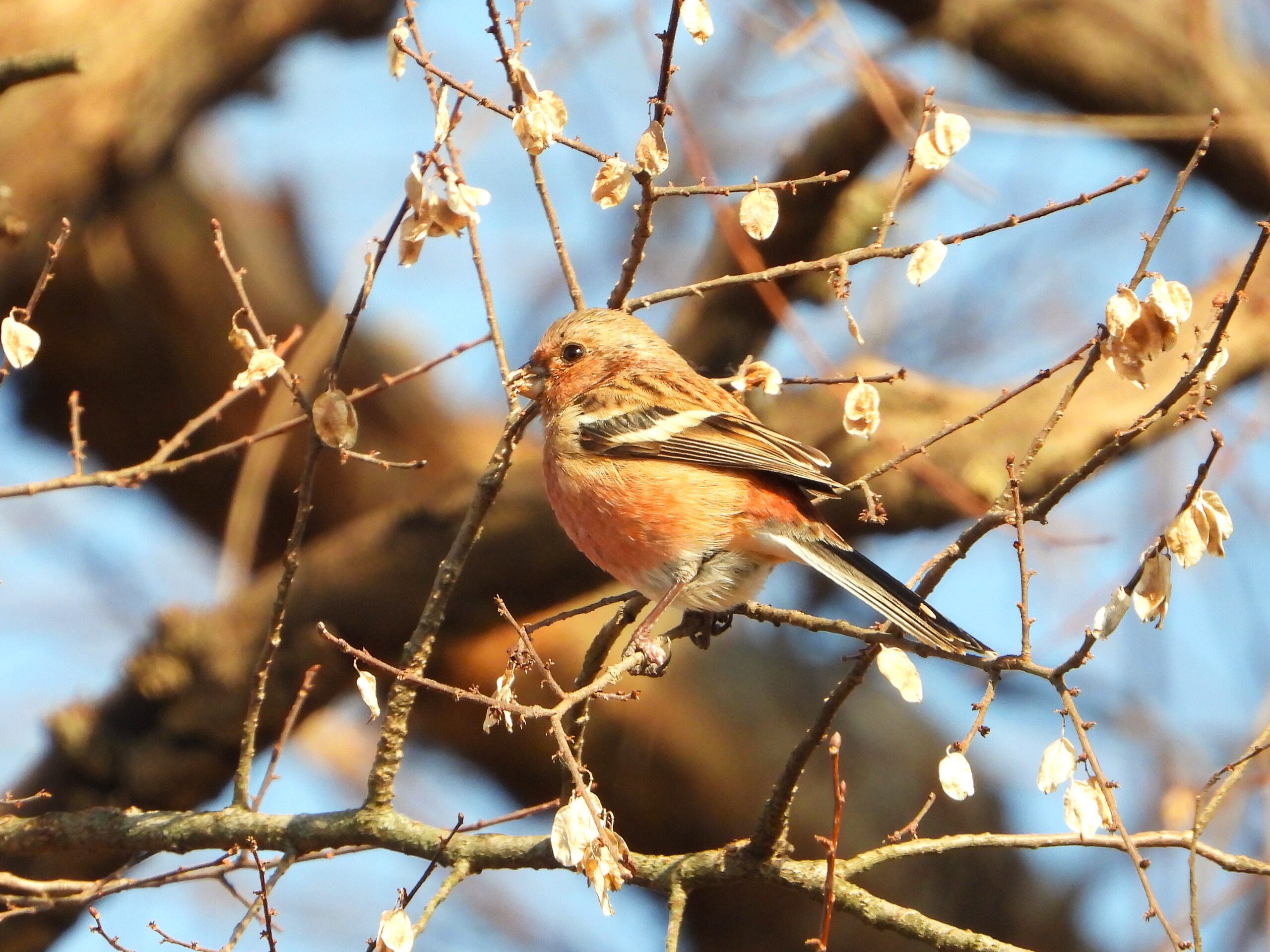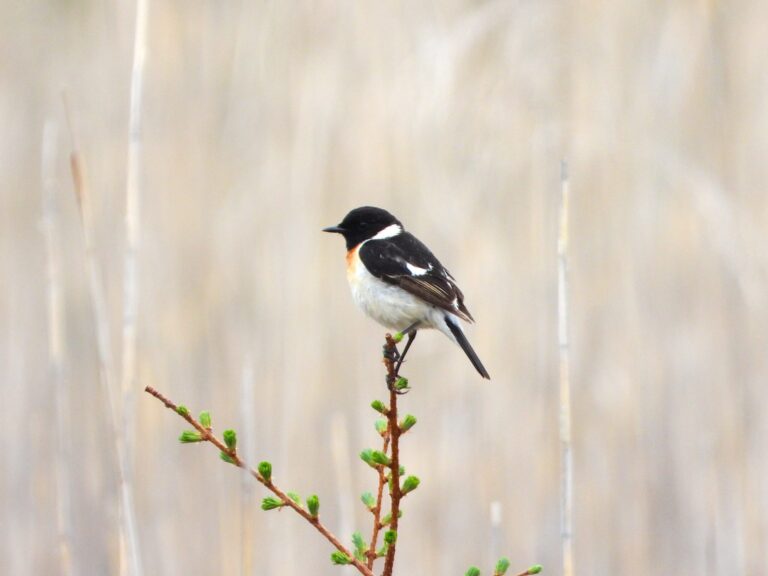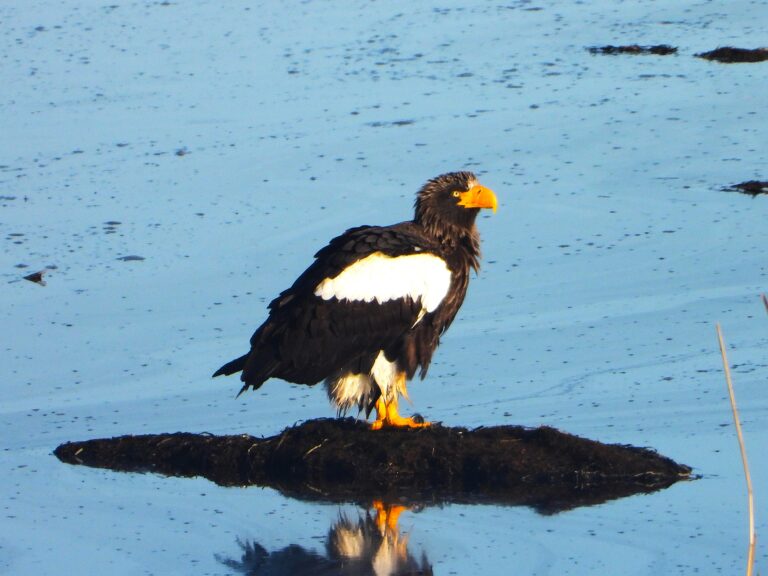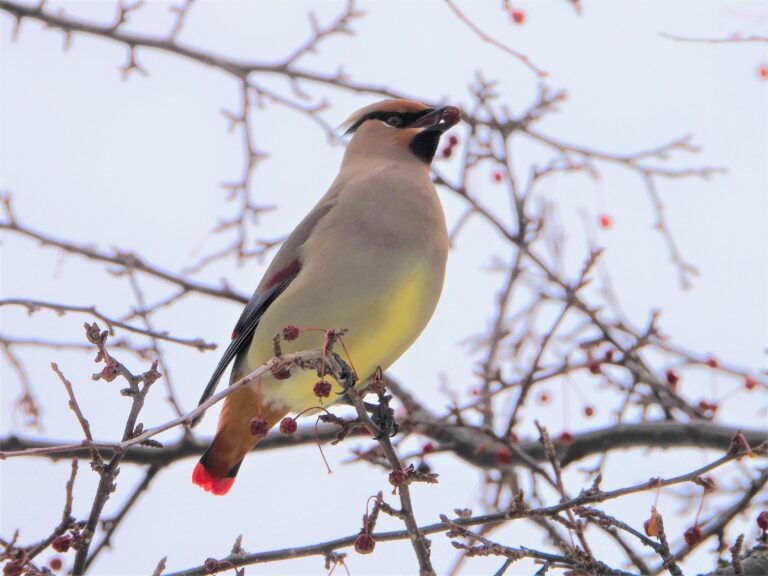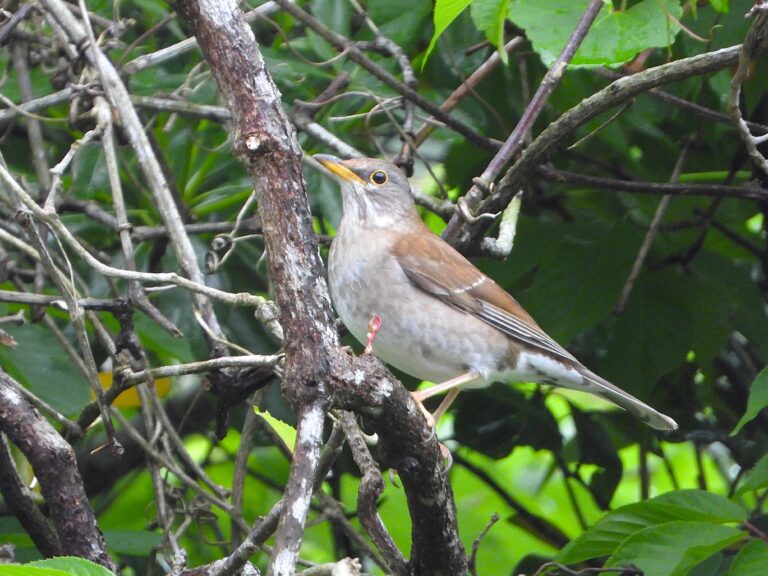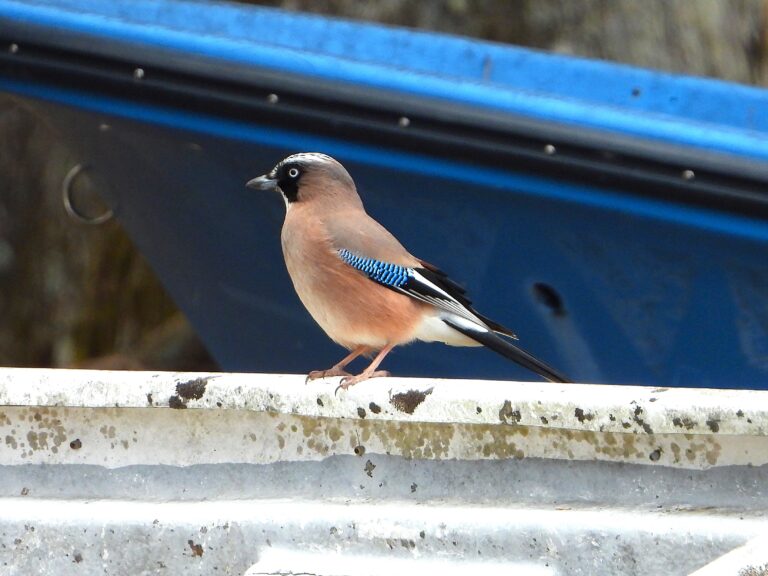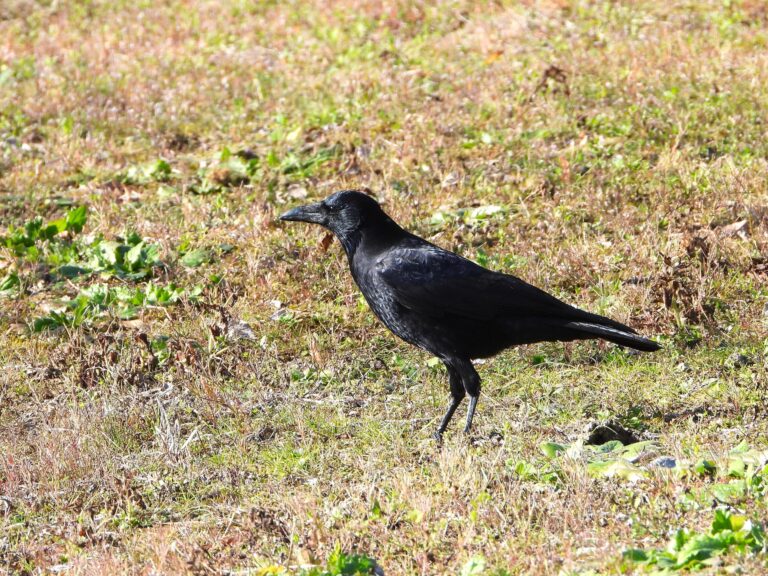Long-tailed Rosefinch (Carpodacus sibiricus) – Wildlife of Japan
Introduction
The Long-tailed Rosefinch (Carpodacus sibiricus, formerly Uragus sibiricus), called “Benimashiko” in Japanese, is a small Palearctic finch widely distributed across northern Eurasia. In Japan, it is a familiar winter visitor, with breeding populations in Hokkaido and migratory flocks appearing in Honshu and further south during the colder months.
Appearance
Males display rosy-red plumage on the head, breast, and rump, while females are mostly brown with faint pink on the flanks. Its long tail and short, conical bill give it a distinctive silhouette among finches.
Habitat & Distribution
This species inhabits open areas such as riverbanks, reedbeds, and shrubby fields. In Japan, it breeds mainly in Hokkaido and winters across Honshu, Shikoku, and Kyushu. Its global range extends from northern Europe and Siberia to East Asia.
Where to See in Japan
In Hokkaido, the Long-tailed Rosefinch can be seen along river valleys and wetlands such as Utonai-ko and Kushiro Marsh. During winter, it appears in small flocks throughout Honshu, often along riversides and rural reedbeds.
Behavior
Usually found in pairs or small flocks, the Long-tailed Rosefinch feeds low among reeds and shrubs. Its soft, piping calls help observers locate it, especially in winter when the vegetation is sparse.
Diet
It mainly feeds on seeds and buds of grasses and shrubs, and sometimes small berries during winter. Occasional insect feeding has been reported during the breeding season.
Reproduction
Breeding takes place in northern areas such as Hokkaido and Siberia. The nest is built in shrubs close to the ground. In Japan, confirmed breeding records are from Hokkaido, but detailed studies are limited.
Conservation
The Long-tailed Rosefinch is listed as Least Concern by the IUCN. It remains widespread, though conservation of reedbeds and riverside vegetation is important to sustain its habitats.
Author’s Impression
I often see the Long-tailed Rosefinch along riverbanks. Its pink plumage is truly beautiful.
To find them, walk slowly along the riverside and listen carefully—their soft calls often reveal their presence among the reeds.


